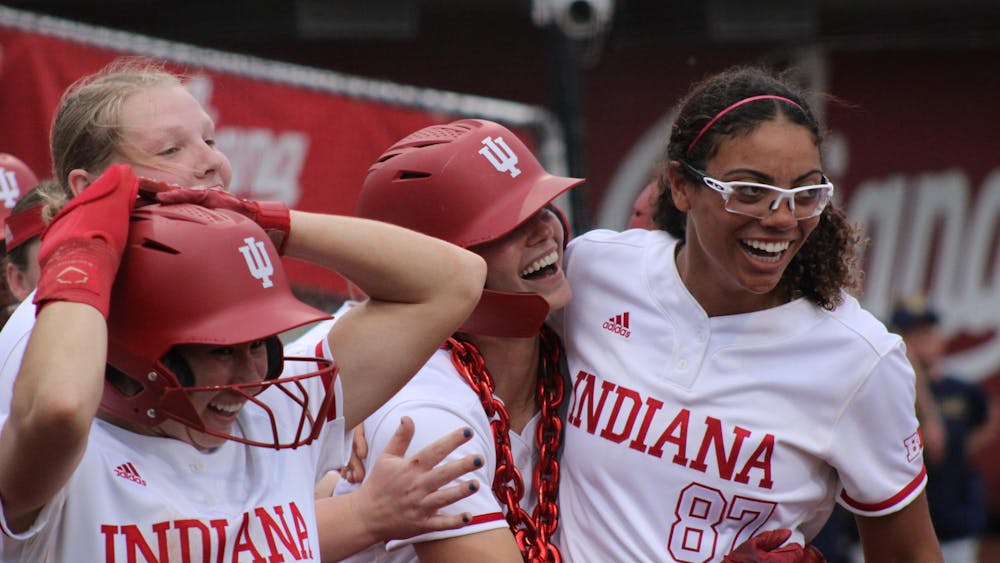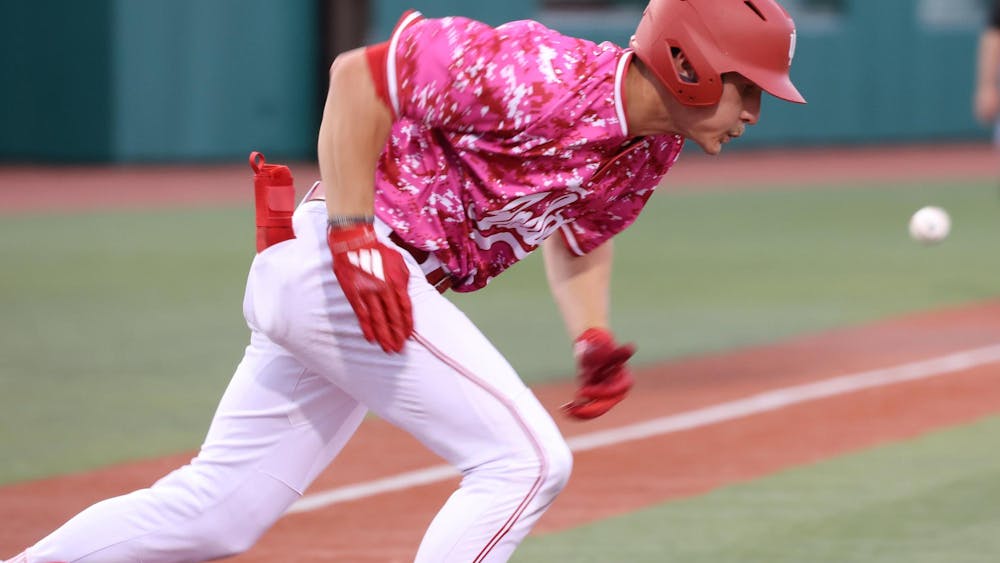After swimming a 200-yard butterfly time trial at the U.S. Short Course Nationals in Columbus, Ohio, sophomore Jim Barbiere approached coach Ray Looze.
During the race, Looze had been yelling at Barbiere every time his head came out of the water to breathe. Looze was trying to keep Barbiere motivated while he tried to pass the swimmer ahead of him. After the race, Barbiere came to thank his coach.
“If none of the coaches are really paying attention to you, you have an idea that you’re not doing well,” Barbiere said. “But if the team’s up and everybody has their hands in the air or they’re jumping up and down, that’s usually when you have an idea that you’re having a good race.”
The coaches often flash signals to the swimmers whenever they can be seen. For example, when Looze or another staff member puts both arms in the air, that means the swimmer is doing well.
Another indication of a successful race is when a coach is jumping while holding his or her hands high into the air. When Looze moves his arms up and down — resembling a child learning how to dribble a basketball — it means the swimmer should start using his or her legs more.
Cheering at a swim meet is different from cheering at most other sports because during a large portion of the race, the athletes are underwater and unable to see or hear much. Cheering is often timed to get louder for the second when a swimmer brings his or her head above water to breathe. Even though the cheering only amplifies for a brief second, there is never a shortage of excitement or energy on the sidelines during a race.
“I tend to be kind of loud, and I usually try to time my scream to when their heads surface or when they breathe, so they know that we’re really behind them,” Looze said. “We like to be zany and loud and loosey-goosey, and that’s the kind of people I like to recruit on a team.”
Similar to a baseball team, most squads have slightly different signals that they give their swimmers, Looze said. However, unlike baseball, these signals are not kept secret since there is no need to worry about what the other team is doing; each swimmer can only control how well he swims.
“There are some coaches who are really enthusiastic and walk up and down the pool deck, or whistle, or even do crazy loud things,” freshman Lindsay Vrooman said. “But I think most of the time, it’s just usually the same thing for most teams.”
Looze has noticed that each swimmer is different in how he or she is affected by coaches’ movements outside the pool. Some, like Barbiere, swim faster by seeing coaches jumping around next to the pool, while others, like Looze himself when he used to swim, don’t care or even notice what goes on outside the pool. In general, Looze said he wants his swimmers to swim their own races.
“I don’t want to contribute positively or negatively at a race,” Looze said. “I really want them to step up there and do it independently. There are a lot of coach-to-swimmer relationships that get dependent, and we’ve got six great swim coaches on this staff that are fantastic, and I think if there’s no dependency on any one individual, they can learn more easily from everybody.”
Signaling Support
Swim coaches use unorthodox cheering techniques to help their swimmers

Get stories like this in your inbox
Subscribe





